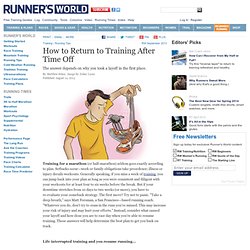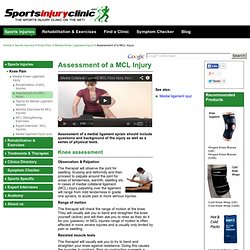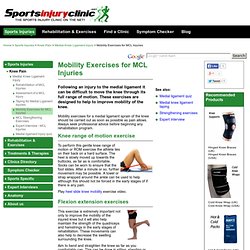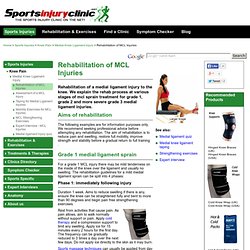

The Seven Most Common Running Injuries. In an ideal runner's world, every step of every mile would be 100 percent pain-free.

No aches, no twinges, no lingering soreness from yesterday's workout. The reality is that many runners constantly deal with a slight (or not so slight) disturbance—a tender foot, a tight hamstring, a whiny knee. While these nagging issues often aren't serious enough to require a time-out, they are annoying, especially when they don't let you fully enjoy your time on the roads. Think of running pains in terms of a spectrum.
At one end you have severe, full-blown injuries—call it the red zone, which includes stress fractures that require time off. Whether you land in the red, linger in the yellow, or return to the green end of the spectrum depends largely on how you react when that first stab of pain hits, says Richard J. According to Price and a team of doctors and physical therapists consulted in the following pages, there are seven injury hotspots that most frequently plague runners. WHO'S AT RISK? The Seven Most Common Running Injuries. How to Return to Training After Time Off. Training for a marathon (or half-marathon) seldom goes exactly according to plan.

Setbacks occur—work or family obligations take precedence; illness or injury derails workouts. Generally speaking, if you miss a week of training, you can jump back into your plan as long as you were consistent and diligent with your workouts for at least four to six weeks before the break. But if your downtime stretches from 10 days to two weeks (or more), you have to re-evaluate your comeback strategy. The first move? Try not to panic. Life interrupted training and you resume running... Six weeks out from race day: The goal here is to restore momentum and endurance without pushing it. Four weeks out: Your primary goal is to get in that last long run. Two weeks out: At this point, chances are good that you missed your last long run.
Illness derailed your schedule and you resume running... Six weeks out from race day: Proceed with caution. 7 Surprising Sources of Running Injuries. The main reason runners get injured is "the toos": too much, too soon, too quick, or some combination of the three.

But running injuries sometimes have deeper, harder-to-identify causes. These are often things that happen in the rest of your life that, over time, take a toll on the body you use to run. Here are seven non-running factors to consider when trying to figure out an injury. 1. Your Parents You've blamed them for everything else, so why not your running injuries? The construction of what we might call your running chassis--the length of your limbs, the width of your hips, your bone structure, your muscle-fiber type--is largely inherited.
For example, if you were born a rigid, high-arched foot and lower-leg bones that curve outward, you'll probably land hard on the outside of your feet when you run, and may be susceptible to stress fractures in your feet or shins, or strains of the tendons that run along the outside of the foot. 2. Assessment of an MCL Injury. Assessment of a medial ligament sprain should include questions and background of the injury as well as a series of physical tests.

Observation & Palpation The therapist will observe the joint for swelling, bruising and deformity and then proceed to palpate around the joint for areas of tenderness, warmth, swelling etc. In cases of medial collateral ligament (MCL) injury palpating over the ligament will range from mild tenderness in grade one sprains, to acute pain in more serious injuries. Medial Collateral Ligament (MCL) Sprain. Treatment can be divided into immedate first aid during the acute stage and longer term rehabilitation.

A higned knee brace is a strong knee support which has solid metal supports down the sides to prevent sideways movement of the joint and protect the knee ligaments while healing. More severe grade 2 and full grade 3 injuries may require a limited motion hinged knee brace which restricts the amount of movement or knee bend in the joint whilst healing. Ultrasound treatment involves applying high frequency sound waves to the injured tissues. A professional therapist may do this in the early more acute stages to help control swelling and pain.
Mobility Exercises for MCL Injuries. Following an injury to the medial ligament it can be difficult to move the knee through its full range of motion.

These exercises are designed to help to improve mobility of the knee. Mobility exercises for a medial ligament sprain of the knee should be carried out as soon as possible as pain allows. Always seek professional advice before beginning any rehabilitation program. Proprioception Exercises. Strengthening Exercises for MCL Injuries. Taping for Medial Ligament Injuries. Rehabilitation of MCL Injuries. Rehabilitation of a medial ligament injury to the knee.

We explain the rehab process at various stages of mcl sprain treatment for grade 1, grade 2 and more severe grade 3 medial ligament injuries. The following examples are for information purposes only. We recommend seeking professional advice before attempting any rehabilitation. The aim of rehabilitation is to reduce pain and swelling, restore full mobility, improve strength and stability before a gradual return to full training.